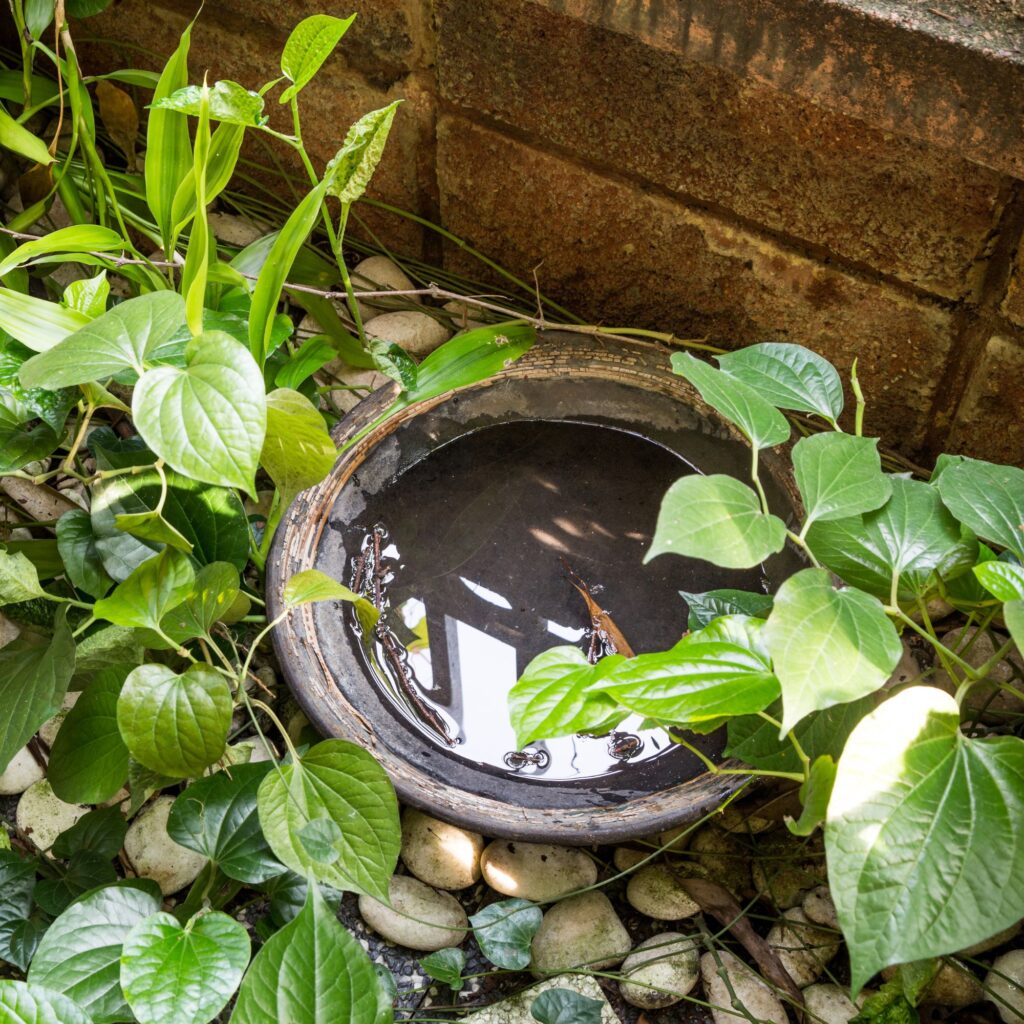
The Problem with Stagnant Water
Standing water can wreak havoc on both your home and your health in several ways. Here’s why it’s such a problem:
- Structural Damage: Standing water can seep into floors, walls, and foundations, causing structural damage over time. It can weaken wood, cause rot, and even compromise the integrity of your home’s foundation.
- Mold Growth: Standing water creates a breeding ground for mold and mildew. Mold can grow on almost any surface, including walls, ceilings, carpets, and even furniture. Not only does mold look unsightly, but it also releases spores into the air, which can cause allergic reactions and respiratory issues, especially for those with asthma or other respiratory conditions.
- Pest Infestation: Standing water attracts pests like mosquitoes, flies, and rodents. These pests not only carry diseases but can also cause further damage to your home by chewing through wood and insulation.
More Reasons to Avoid Stagnant Water Near Your Home
Besides mold, standing water can harbor bacteria and other pathogens that pose serious health risks. These can lead to gastrointestinal infections, skin infections, and even more severe illnesses. If water gets into electrical outlets, appliances, or wiring, it can create electrical hazards such as short circuits and electrical fires, posing a danger to you and your family. Standing water often develops a foul odor due to the growth of bacteria and mold. This odor can permeate throughout your home, making it unpleasant to live in.
To prevent these issues, it’s crucial to address standing water promptly. Ensure proper drainage around your home, fix leaks in plumbing or roofing, and maintain your gutters and downspouts. If standing water does occur, promptly remove it and thoroughly dry the affected area to prevent mold growth and structural damage. Regular inspections and maintenance can go a long way in keeping your home clean, safe, and free from the problems associated with standing water.
